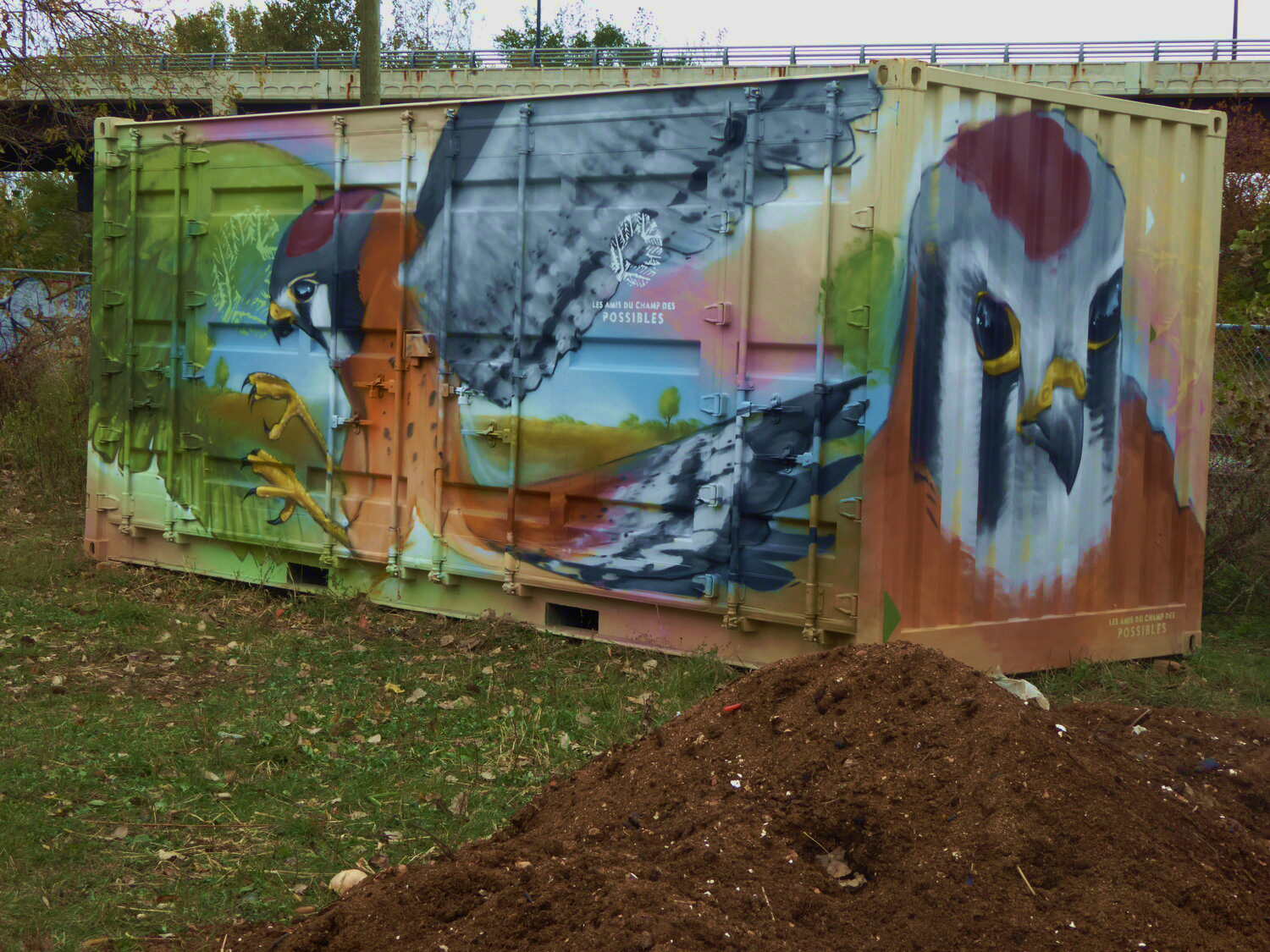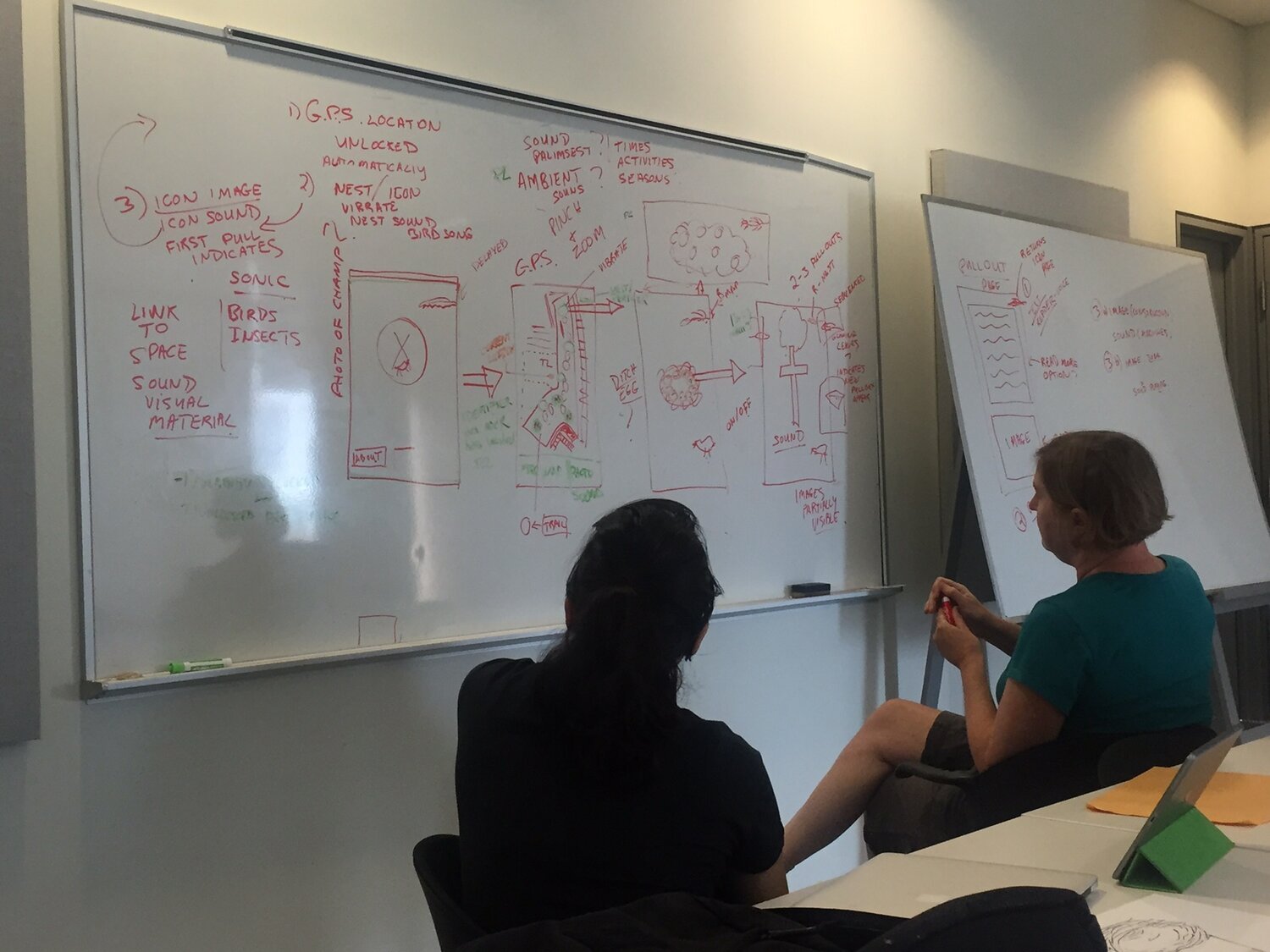“Global Urban Wilds mediates users’ experience of the Champ as a heterotopia and promotes a critical negotiation and awareness of urban ecosystems.”

The locative platform curates ruderal landscapes that survive in city spaces and invites the user to explore the entanglement of urban biodiversity, site remediation, and settler culture in contexts such as Mile End’s Champ des Possibles. Global Urban Wilds mediates users’ experience of the Champ as a heterotopia—a place with more layers of meaning and relationships to other places than immediately meets the eye—and promotes a critical negotiation and awareness of urban ecosystems in relation to today’s “smart” city.
Global Urban Wilds is a work in progress supported by the SSHRC Insight Grant, Greening Narrative: Locative Media in Global Environments (Jill Didur PI). It is a collaborative project that includes contributions from Tony Higuchi (app development), Lai-Tze Fan (research and concept development), Eric Powell (sound recording), and Bev Didur, Rebecca Goodine, and Andrea Williamson, (artwork). Jill Didur has assembled found sounds and interview material from community stakeholders related to the history and uses of the land/urban wild currently know as the Champ des Possibles. The project was selected for inclusion as part of the juried event, Composite #25, on Oct 15, 2020, presented by Printemps numérique and CRÉO, as part of ISEA2020.
Didur and Fan have co-authored an article “Between Landscape and the Screen: Locative Media, Transitive Reading, and Environmental Storytelling” that reflects on the Global Urban Wilds project in a special issue of the journal Media Theory: Geospacial Memory (2.1).








